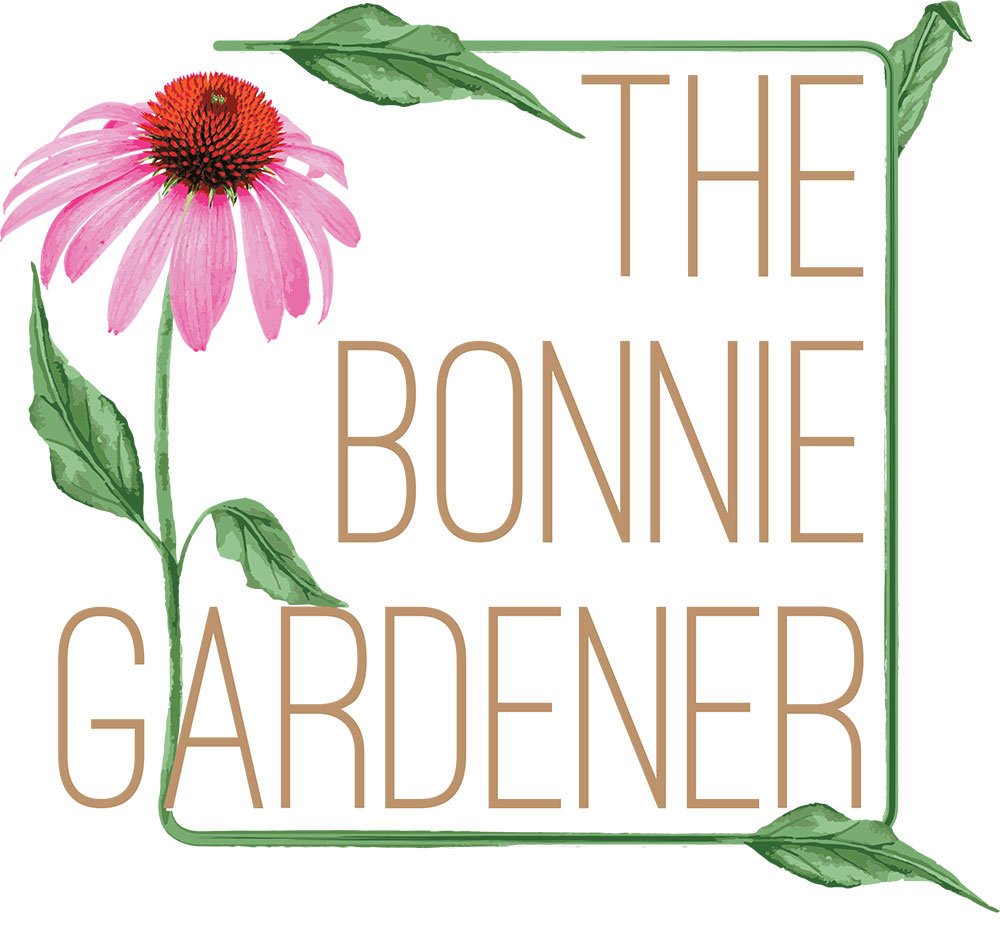Edible Gardening Guide for Beginners
Gardening is a fantastic past time and spending time outdoors is a great way to keep mind, body and soul in great shape. Planting from scratch is incredibly rewarding and you’ll be treated to a riot of colour in your garden come summer.
If you are interested in food and cookery then you should try edible gardening – there’s no need to have an assigned vegetable plot. You can plant herbs, fruit and vegetables in your flower borders, or even in a polytunnel or in pots on the patio. Growing-your-own needn’t be complicated or hard work. This guide to edible gardening should help to explain it all for you.
Step 1 – The right equipment
The gardening tools you need are basic ones. With no more than a spade, a garden fork, a trowel and smaller fork, a watering can and suitable growing containers, you can plant and grow everything from early cropping potatoes to sweet raspberries.
Vegetables grow well in open ground as well as in polytunnels and greenhouses. Some fruit and veg, such as tomato plants and squashes, will probably need the heat of a polytunnel or greenhouse to ripen their fruits.
Just as ripe fruits and seeds are delicious to us, they are delicious to birds and insects and other garden wildlife. You will need to protect ripening fruit on plants, shrubs and trees. There are various ways of doing this, from using old net curtains to stop the birds pecking at the fruit or for sturdier protection, consider investing in fruit cages.
Step 2 – The right location
For plants to produce their flowers followed by fruit or seeds, and for the fruit to ripen, your plants will need;
Sun – the sun ripens the fruit as well as helping the plant to convert sunlight into the energy it needs to grow. Most edible plants and shrubs are sun-worshippers but read the planting instructions carefully, as all plants have different preferences.
Soil – the soil is the base that supplies the anchor for the plant to grow, as well as all the nutrients that it needs. Consider the type of soil you have as not all plants will thrive there. As a rule, vegetable and fruit plants prefer free-draining soil. Carrots enjoy a sandy soil to avoid misshapen ends and brassicas enjoy a lime based soil.
Water – whether you have shrubs in fruit cages or vegetables in the polytunnel, you need to ensure that they are well watered. Some plants are thirstier than others but none of them enjoy being over watered or underwatered so make sure they get just enough.
Step 3 – Choose your edible plants
The plants you choose to grow are up to you, but it makes sense to plant the ones that you will eat.
Bear in mind;
Cropping and planting times – stagger your planting so that come harvest time, you have crops that are constantly giving rather than one huge glut.
Ease of planting and care – in the main, most vegetables and fruit are not difficult to grow but there are some that require a little more know-how. For example, tomato plants prefer a shallow base with damp soil so as not to rot their root systems. Asparagus, which are perennial (grow year after year) will need to be planted in one space and allowed years to stay there and become established
Weather – vegetables and fruit saplings will not react well to night frosts and cold spells. As well as offering protection, the humble polytunnel also creates a micro-climate that extends the growing season. Fruit cages offer protection from birds and some insects, but not frost.
Step 4 – Start planting
Before the first frosts have passed, you can start to plant seedlings in small pots filled with compost and bring them on in a warm place, such as an indoor window ledge, polytunnel or greenhouse.
Plant into the open ground when the danger of frost has past and the soil has begun to warm. Make sure the seedlings have all the nutrients and moisture that they need.
As they grow, they will need to be supported. Bushes in fruit cages can be supported with garden string tied to the cage poles and you can use canes or other shop-bought towers to train plants up.
Other helpful hints and tips to make edible gardening a success
Growing your own is fun and it’s a great way to introduce children to where and how their food is grown. But for it to be a success, make sure you…
Read planting instructions for individual vegetable and fruit plants carefully – edible garden plants vary in their needs.
Don’t over water – don’t forget fruit and vegetable plants are thirsty but they don’t like to be sat in boggy, wet soil. This causes their shallow root systems to rot.
Make sure plants are fed – they need the right nutrients, and these vary from one plant to another. Potato varieties prefer soil rich in nitrogen and potassium (like most plants grown from tubers).
Consider early cropping varieties, mid-season varieties and late croppers too – most vegetables and some fruit plants have early, mid and late cropper varieties that mean you can enjoy edible plants from your garden for most of the year.
Which vegetables, fruits and herbs will you grow?
